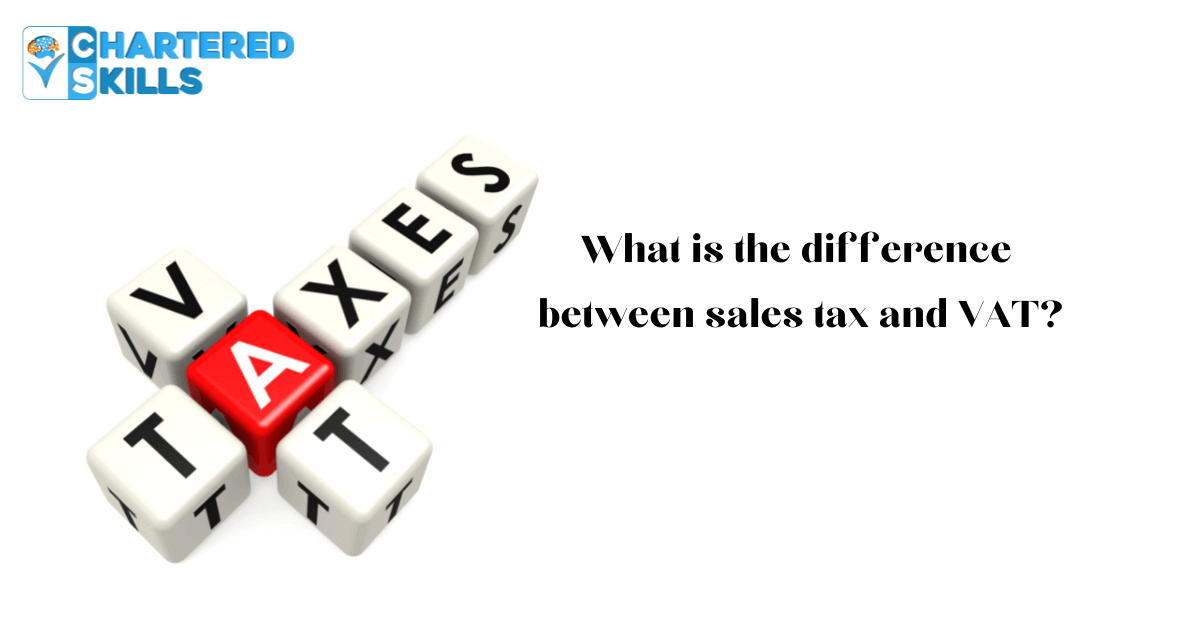Nov. 3, 2022, 4:44 p.m.
Both sales tax and VAT are types of indirect tax – a tax collected by the seller who charges the buyer at the time of purchase and then pays or remits the tax to the government on behalf of the buyer. Sales tax and VAT are a common cause of confusion within the corporate tax community. To explain further, let’s outline the similarities and differences between these two types of indirect tax.
Sales tax is collected by the retailer when the final sale in the supply chain is reached. In other words, end consumers pay sales tax when they purchase goods or services. When buying supplies or materials that will be resold, businesses can issue resale certificates to sellers and are not liable for sales tax. Until the sale is made to the final consumer, sales tax is not collected, and tax jurisdictions do not receive tax revenue. VAT, on the other hand, is collected by all sellers in each stage of the supply chain. Suppliers, manufacturers, distributors, and retailers all collect VAT on taxable sales. Similarly, suppliers, manufacturers, distributors, retailers, and end consumers all pay VAT on their purchases. Businesses must track and document the VAT they pay on purchases to receive a credit for the VAT paid on their tax return. Under a VAT regime, tax jurisdictions receive tax revenue throughout the entire supply chain, not just at the point of sale to the final consumer. VAT collection is required under the following circumstances:
- Permanent establishment – Existence of a facility, bookkeeping facilities, or ability to enter contracts
- Registration threshold – Taxpayers with business activities that exceed the monetary threshold in a tax jurisdiction
- Sometimes a specific activity triggers a VAT registration obligation (e.g. legal services)
Who collects and remits sales tax and VAT?
For both, the seller is responsible for collecting the tax and remitting to the appropriate tax authority, although there are cases where the buyer must recognize the tax instead.
Invoicing
- Sales tax: The seller should separately state sales tax.
- VAT: The seller should separately state VAT and include a registration number for a VAT invoice; however, in most VAT jurisdictions, prices are tax inclusive.
Who pays both?
- Sales tax: Only the final consumer pays.
- VAT: All purchasers pay VAT; however, the economic burden of VAT is on the final consumer as they do not have the right to deduct input VAT.
Taxability of purchases by business
- Sales tax: Resellers issue a tax exemption certificate to the vendor and do not pay tax on purchases of items to be resold.
- VAT: Resellers pay tax to the vendor and reclaim the VAT for the tax amount paid on business inputs.
Audit risks for both
- Vendors that sell to resellers must keep valid exemption certificates on file or risk an audit assessment turning exempt sales into taxable sales.
- All parties must keep invoices for purchases documenting VAT paid in order to get the reclaimed VAT.
Revenue timing for tax authorities
- Tax authorities do not receive tax revenue until the sale to the final consumer.
- Tax authorities receive tax receipts much earlier, receiving tax revenue throughout the entire distribution chain as value is added.
What should a purchaser do when a vendor does not have a liability to collect tax, or to collect tax on specific items, as stated in tax law?
- Calculate and remit the appropriate use tax to the appropriate tax authority.
- As a general rule, a purchaser should calculate and report a reverse charge when necessary.


